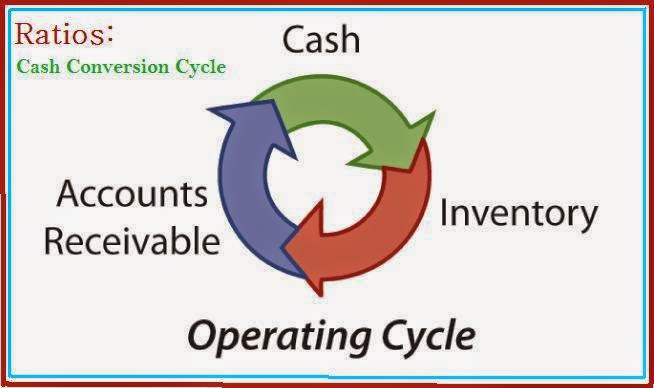---------------------------------
Series : Ratio Analysis (23 th Post)
-----------------------------------
Is the
company paying good dividends ?
This ratio
helps us to understand the dividend paid
by a company to its earnings,this relation between dividends and earnings is
important since the remaining will be used for reinvestment and growth of the
company.
Ideally
Investors look for Divident Pay Out Ratio to be consistent or increasing over
the years.
Formula: Dividend
Pay Out Ratio:%= Dividends per common Share / Earnings Per share
under the Tab “ Cash
Flow Indicator Ratios ”
-----------------------------------------------------------------------------------------------------
In my quest for learning value investing I came across Ratio Analysis
& the importance of these ratios in analyzing a stock these ratios are easy
to understand & give very good insights into a companies’ operations and
its growth , would like to share this with the community
Comments / Improvements and
points worth considering are welcome
Google Feed burner is free & allows to
directly deliver any new post on this blog to your email this is all for
new bloggers .If you are interested kindly enter your Email in the
“Subscribe Via Email” on the top left hand side of the navigation
menu’s.
Related Articles





